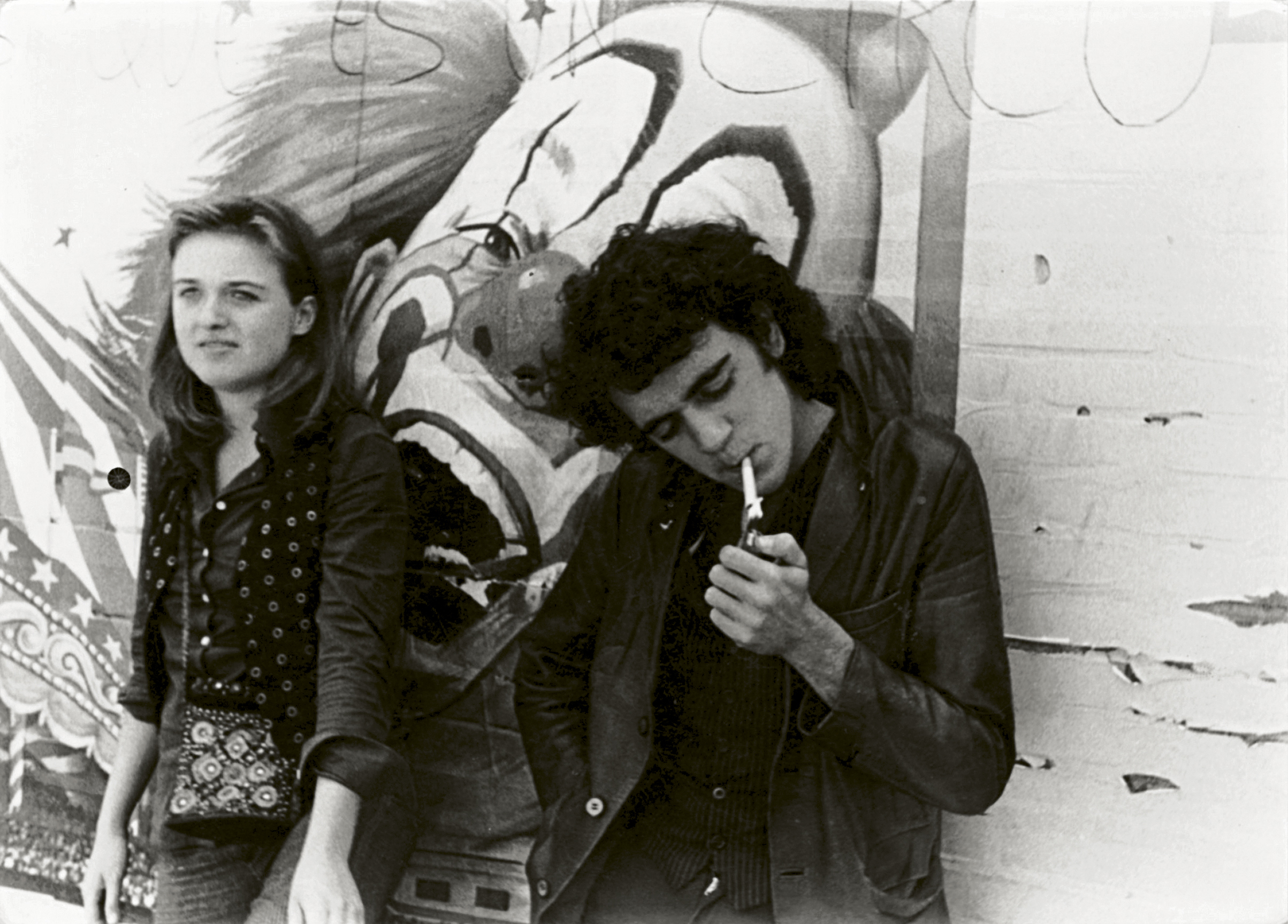How a punk concert catalysed La Movida Madrileña – Spain’s very own sex, drugs and rock and roll movement in the 1980s.
The late 70s and early 80s in Spain were strange. The country was slowly “transitioning” into a democracy following the death and rule of General Franco’s 40-year-long dictatorship, but remained under the reign of soldiers and priests. Homosexuality was still criminalised.
Women were subject to curfews which meant the streets were primarily male-populated by 9pm. Large gatherings could be broken up by the Guardia Civil. It was a confusing time. Then, a group of young punks threw a concert at the Universidad Politécnica de Madrid, marking the start of what has gone down in history as La Movida Madrileña, a counterculture movement which thrived on chaos, sexual expression and drugs.

Nobody at that concert looked like a good catholic. In fact, the concert, organised as a tribute to drummer José Cano who had died in a car crash, featured some of the greatest icons of La Movida Madrileña which looked dramatically secular. One of these was Alaska, AKA María Olvido Gara Jova, who to this day, at 59 years old, wears exaggerated jet back eye shadow and red lips to compliment her unwavering punk attitude.
It is hard to picture a concert being so culturally revolutionary, but the fact is that Spain had been under an oppressive regime that turned everything grey. And yet, here were a bunch of un-comprehended young people, tired of the regime’s restrictions, simply letting loose. The mayor of Madrid, later on, went on to say “Bless the chaos, because it’s a sign of freedom”.
La Movida, a term which in itself is derived from drug slang, was all about freedom of speech. It was during its time that a new dialect known as cheli flourished, coopting words from prison inmates and prostitutes. Some of these words, like cutre meaning lame, are still used to this day.

The chaos of the 80s in Spain was seen by many as liberating. Many explored sexual expression and experimented with drugs. Madrid’s neighbourhoods filled up with Drag contests.
The neighbourhood of Chueca in Madrid opened up the first publicly gay-owned business in Madrid. But it wasn’t all about sex. Very influential Spanish artists and designers were cradled by the movement, including Ágata Ruiz de la Prada and her bold fashion designs, Adolfo Dominguez or Jesús del Pozo.
To this day, right-wing parties in Spain diminish the Movida Madrileña as a hedonistic and irrelevant period of leftist extravaganza. Some of its most prominent figures remain in the public eye, shaped as notorious filmmakers or reality TV stars but not many young people are aware of their rebellious origins.


